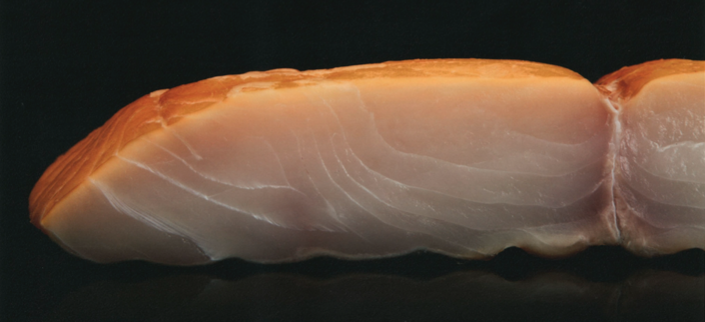How Sous Vide Cooking Works
Explore the Art of Perfectly Tender and Flavorful Dishes! Discover the Science Behind Sous Vide, Precise Temperature Control, and Extended Cooking Windows. Dive into Sous Vide's Magic—Mastered Temperature and Time for Impeccable Results
COOKING SOUS VIDE
Francesco Feston
10/10/20232 min read


The fundamental principle of sous vide cooking revolves around preparing food at the exact temperature it will be served. For example, when cooking a steak to a medium-rare doneness, the ideal serving temperature is 131°F / 55°C.
In contrast to traditional cooking methods that typically involve searing on a hot grill or baking in an oven at temperatures ranging from 400°F-500°F / 200°C-260°C, sous vide cooking maintains a consistent temperature of 131°F / 55°C for several hours. This technique ensures the entire piece of meat achieves a perfectly cooked medium-rare consistency without the "bull's-eye effect" of overcooked exteriors and undercooked centers.
Typically, after the sous vide process, the steak is briefly seared at high heat to impart a flavorful, browned crust.
Sous vide cooking at home primarily hinges on two key components: temperature and time. Both elements play a pivotal role in determining the quality, texture, and flavor of sous vide dishes. Understanding their influence on the food is crucial as you embark on your sous vide culinary journey.
Temperature
In sous vide cooking, all food is prepared at temperatures below the boiling point of water and generally not exceeding 185°F / 85°C. The target temperature for cooking is usually aligned with the desired serving temperature, ranging from 120°F / 49°C to 185°F / 85°C, depending on the specific dish.
While sous vide offers a narrower temperature range compared to conventional cooking, precise temperature control is of utmost importance. Traditional ovens, when set to 400°F, can fluctuate by approximately 50 degrees, varying between 375°F and 425°F. This variance is acceptable for high-temperature cooking but detrimental in sous vide, where water temperature determines the food's doneness. Most sous vide machines exhibit fluctuations of less than 1°F, with the best ones maintaining a variance of less than 0.1°F.
This level of precision contributes to the higher cost of many sous vide machines. Nevertheless, an increasing number of affordable home machines, DIY kits, and cost-effective ways to achieve "sufficiently accurate" sous vide cooking have emerged in recent years.
Time
The tenderization of food involves breaking down its internal structure, a process that occurs more rapidly at higher temperatures. Given that sous vide cooking operates at low temperatures, the cooking duration must be extended to achieve the same level of tenderness as traditional methods.
Additionally, sous vide provides a more forgiving window for achieving perfectly cooked food compared to traditional cooking. Food can remain in the water bath even after reaching its desired doneness without drying out, which is particularly advantageous for tougher cuts of meat. However, caution is needed not to exceed this window, as overcooking can occur with sous vide, often without visible external signs.
Temperature and Time in Harmony
The effectiveness of sous vide cooking lies in the precise control of both temperature and time. This precision is essential due to the way meat responds to varying temperatures.
At 120°F / 49°C, meat gradually tenderizes as the protein myosin coagulates, and connective tissue in the meat breaks down. As the temperature rises, the tenderization process accelerates.
However, meat also loses moisture above 140°F / 60°C, as heat causes collagen in the cells to contract and expel moisture. This process intensifies rapidly above 150°F / 65.5°C, leading to complete dryness above 160°F / 71°C.
Tough cuts of meat are traditionally braised or roasted for an extended period, allowing for full tenderization but risking drying out due to high temperatures. Sous vide maintains the meat below the 140°F / 60°C threshold, enabling the slower tenderization process to be effective. This results in meat that is both tender and moist, without the risk of overcooking.
